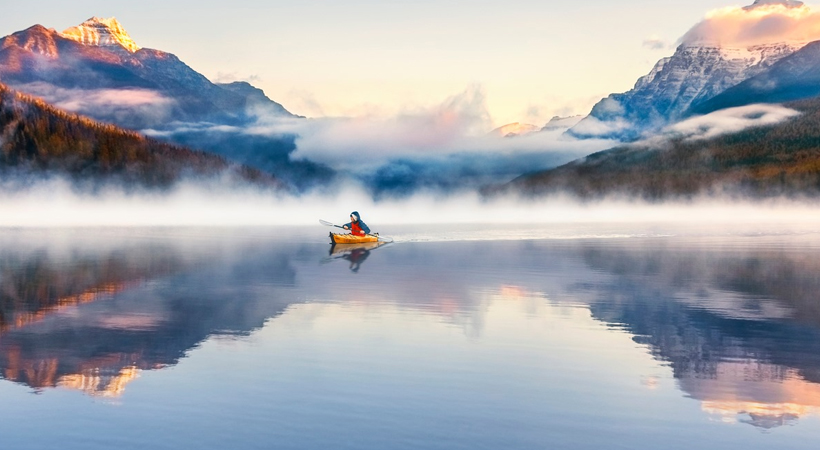Montana coalition seeks improvement of facilities along Yellowstone river to boost tourism

In an effort to persuade more travellers to visit a portion of Eastern Montana, a coalition is seeking improvement to facilities along a 163-mile stretch of the Yellowstone River between Hysham and the North Dakota border.
The 12-member Lower Yellowstone River Coalition — composed of business people, conservationists, politicians and recreation-minded individuals — sees the initiative as a way to boost tourism at a time when outdoor recreation is surging amongst a pandemic-anxious public, Billings Gazette has reported.
“Outdoor recreation along the Yellowstone has not been promoted, nor seen its potential fully developed east of Billings, and it’s time to improve that situation for the benefit of our communities, residents and visitors,” said Christine Whitlatch, a Billings resident and ambassador for the Montana Outdoor Heritage Project, in a press release.
To help launch the initiative the group is developing a proposal to ask Montana Fish, Wildlife & Parks to “pursue new, and improve existing, recreation opportunities” along the lower Yellowstone River, “including new river access and fishing sites, boat ramps, campsites, restrooms, visitor centres, interpretive trails, and possible state park designations.”
The group is also lobbying local legislators as a way to get backing for the project. To that end, the group created a map of the lower Yellowstone noting existing facilities such as fishing access sites, their location and how they could be improved. The map also shows the expanse between such facilities, including four public access gaps that stretch from 36 to 50 miles in hopes that new sites could break up those distances, the Billings Gazette has reported.
“Eastern Montana can enjoy an even better quality of life and increase tourism revenue across the board if we can build out our public access infrastructure and make it easier for people to enjoy the river,” Whitlatch added in her statement. “Life is integrally intertwined with the river, agriculture and tourism in this part of Montana, and it is important we provide opportunities that honour all that the stakeholders needed along the river.”






